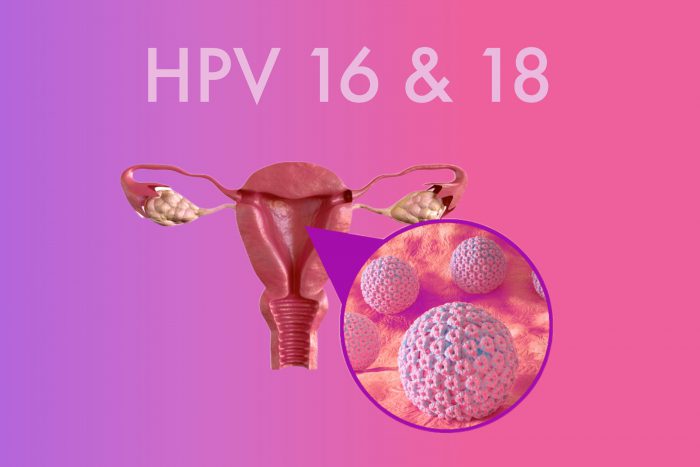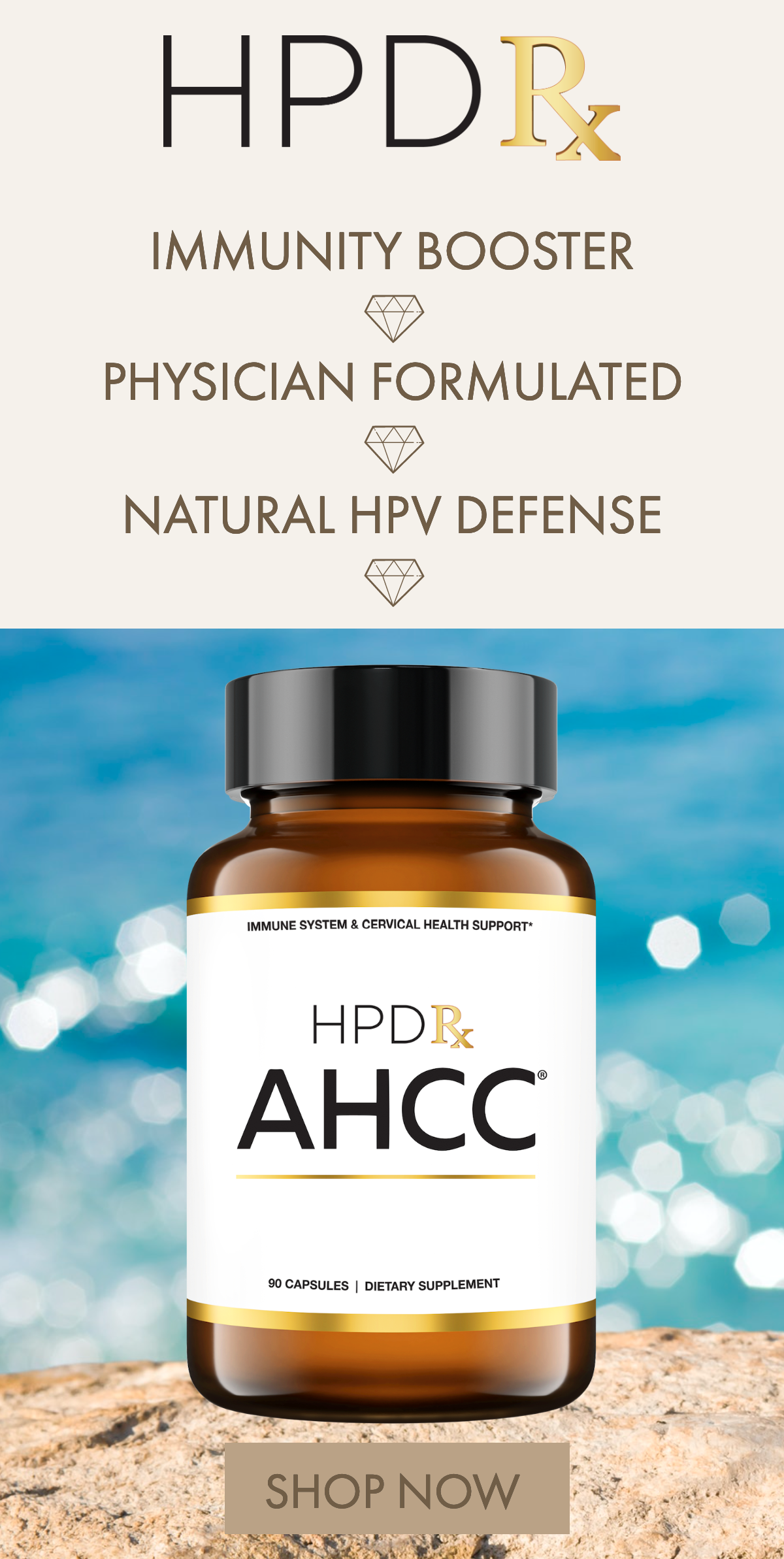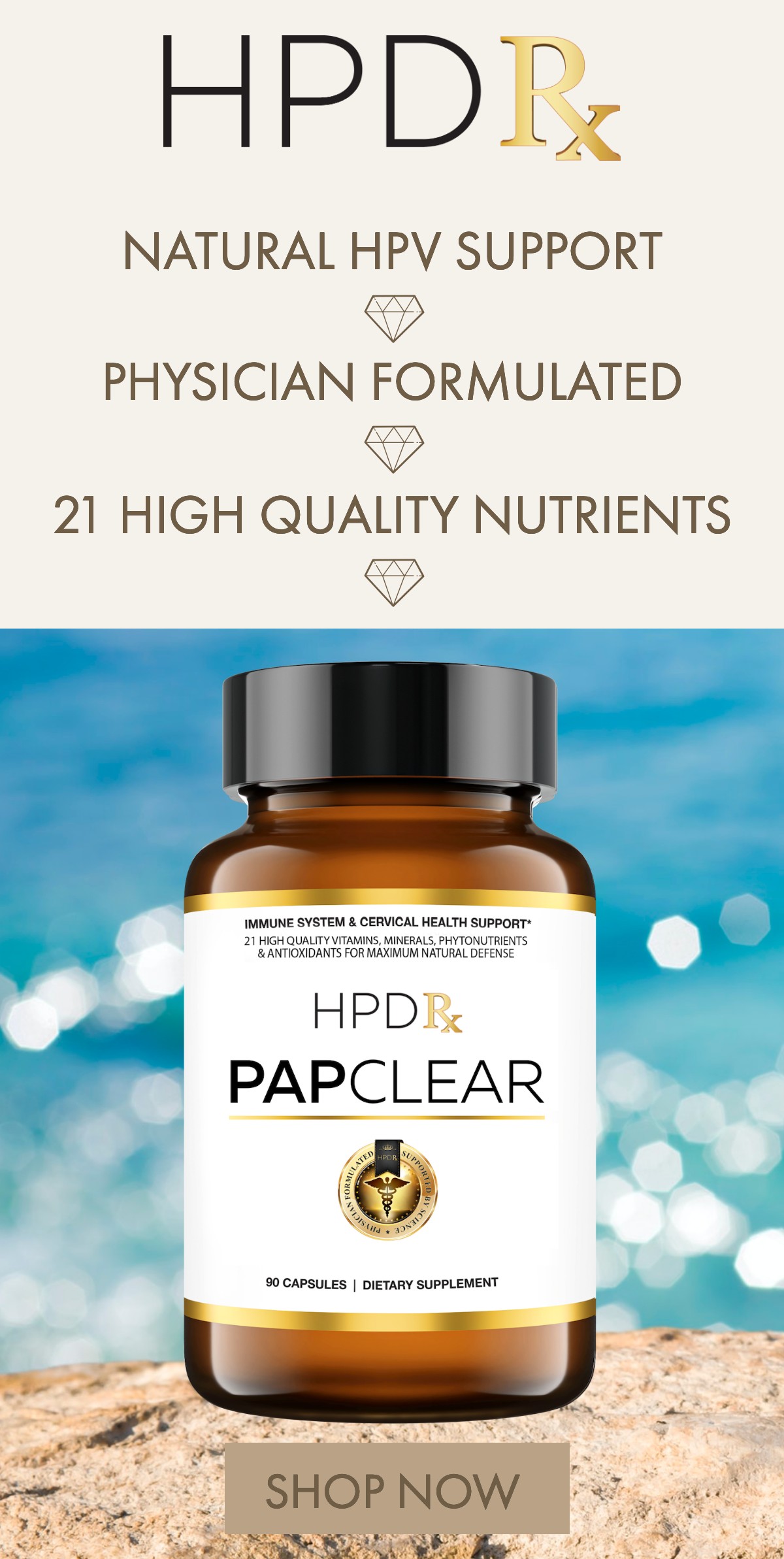
The Human Papillomavirus (HPV) has multiple strains that pose different levels of risk for infected people. Each HPV strain bears a unique identification number to tell them apart, such as HPV 16 and HPV 18.
Women infected with HPV 16 or HPV 18 have a high risk of developing vulvar cancer, vaginal cancer, throat cancer, anal cancer, or cervical cancer. As for infected men, they have an increased risk of developing penile cancer, throat cancer, and anal cancer.
There are about 150 different types of HPV known to health experts. Over 40 HPV types usually infect the throat, mouth, or genital regions. Fewer than 40 HPV types develop into cancer, while approximately 13 HPV types could lead to cervical cancer.
Fortunately, most people don’t experience any symptoms from their HPV infections. In addition, their immune systems eradicate the infected cells after a certain amount of time. But there is a small percentage of infected people whose immune systems cannot eliminate HPV. And if they happen to have HPV 16 or HPV 18, they have a high risk of getting oral cancer, anal cancer, or genital cancer.
It could take years for HPV 16 or HPV 18 to develop into cancer after a person is first infected. Because of this, infected women have plenty of time to undergo a pap test and HPV test to discover their high-risk HPV cervical infection.
The only screening tests available can detect precancerous cellular changes in the cervix. Unfortunately, there are no screening tests to monitor precancerous cells in other parts of the body. But if you’re a man or woman infected with HIV, you should get an annual anal pap test because you would be at a high risk of getting anal cancer.
Remember that HPV can infect your anus without you having anal sex. All the virus has to do is infect your genitals, which could then spread to the anus.
Is HPV an STD?
An estimated 13 million people in the United States get an HPV infection yearly. Many doctors diagnose HPV infections as sexually transmitted diseases, but is that accurate?
HPV may give you skin warts, but that doesn’t make it an STD. Instead, an HPV infection can cause you to develop a sexually transmitted disease like herpes and chlamydia. As for HPV itself, it is considered a sexually transmitted infection rather than a disease.
People who are not sexually active won’t get infected with HPV. But if you have had more than a few sexual partners, the chances are that you have HPV or have had it before.
Will I Get Cancer If My Cervix Has HPV 16 or HPV 18?
If your HPV test and pap test results reveal you have HPV 16 or HPV 18 on the cervix, you may worry about your risk of getting cervical cancer. Well, you can take a breath of relief because it doesn’t mean you’ll get cervical cancer.
However, positive test results would indicate you have abnormal cellular growth on the cervix, which is known as dysplasia. Whenever someone has abnormal cells present on the cervix, they have a much higher risk of getting cervical cancer.
Your doctor can advise you in this situation. They can create a personalized treatment plan for the dysplasia and conduct further screenings and tests to see if the cervix has cancerous cells present.
Not all abnormal cells on the cervix mean you will have cancer. Your doctor can determine if it’s cancer by analyzing the changes taking place in the cervix. If they notice critical changes that signal something bad, they will likely conclude that cancer is imminent.
In most cases, people who receive an HPV diagnosis will not have any other problems. Unless you have a suppressed immune system, you can expect your immune system to eradicate your HPV infection within a few years.
Throat Cancer from HPV 16
It was traditionally believed that people who consume a lot of alcohol and tobacco have the highest risk of developing throat cancer, such as oropharyngeal cancer. The oropharynx represents the tonsils, the tongue’s base, and the rear of the throat.
HPV is the number one reason for oropharyngeal cancer worldwide. Around 70% of oropharyngeal cancer cases among Americans are due to HPV, and roughly 95% of these cases are linked to HPV 16.
The CDC estimates 10% of men and 3.6% of women in the United States have oral HPV. For this reason, American men are more likely to have oropharyngeal cancer from HPV than women.
Here are some interesting statistics from a published report in the Annals of Internal Medicine:
- Men between ages 18 and 69 are six times more likely to have an oral HPV 16 infection than women of the same age group
- 5% of men have oral HPV compared to 3.2% of women
- 3% of men have high-risk oral HPV versus 1.4% of women
- High-risk oral HPV was found in 22.2% of men who have at least two male oral sex partners
- The 19.3% of men with genital HPV infection are four times more likely to have oral HPV than the 4.4% of men who don’t have genital HPV
Seeking treatment for HPV-based oropharyngeal cancer will significantly increase your chance of survival.
HPV Vaccine Protection Against HPV 16 and HPV 18
The HPV vaccine called Gardasil 9 offers protection from the effects of HPV 16 and HPV 18. It can also help keep you safe from other HPV-based cancers, including the HPVs that can cause you to develop genital warts.
According to the CDC, adolescents between the ages of 11 and 12 should get vaccinated for HPV. So if anyone under 26 has never received an HPV vaccine, they should get vaccinated as soon as possible.
Unvaccinated older adults between ages 27 and 45 may still be eligible to receive the HPV vaccine. However, it is best to consult your doctor to see if getting vaccinated is a good option for you.
Regardless of your vaccination status, you should always practice safe sex with all your sexual partners. Even if you have received the HPV vaccine, it isn’t going to protect you from other sexually transmitted infections and diseases. That is why it is better to limit your number of sexual partners and always insist on condoms for male partners.
Besides that, keep getting pap tests regularly and eat right to strengthen your immune system. The earlier you spot abnormal cells in your cervix, the easier it’ll be to remedy them.








